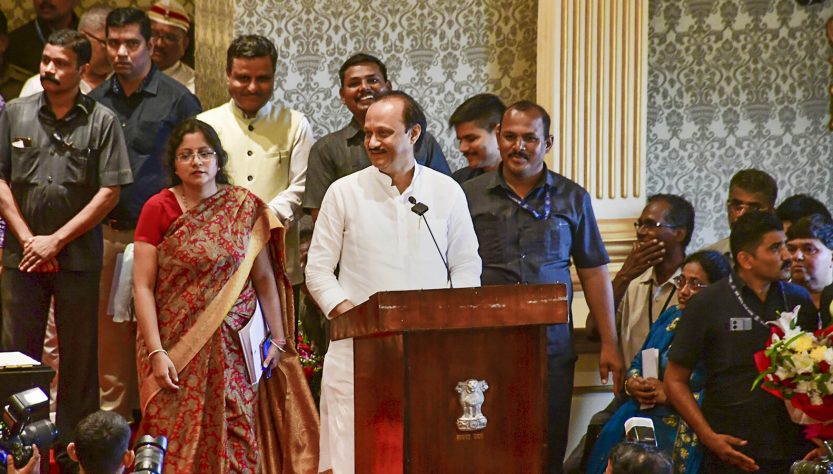From my visits to Delhi, Chennai, Ludhiana, Jalandhar, Kolkatta and a host of other cities including Bangalore, I have come to the conclusion that we are one of the most unfriendly country as far as tourists are concerned.
- We have all street signs in local languages, including destination boards on buses, trains and trams.
- We have the public transport operators that speak only the local language. In south India if you speak in Hindi, you will most likely not get anywhere!
- All signage is in local language, making going from one place to another very difficult.
- There is no street furniture where you can rest your sore back.
Why can't we have
- Street signs in English and our National Laugage (Hindi).
- Street Furniture.
- Decent wash-rooms, maybe air-conditioned and available on pay-per-use basis.
- Restaurants with street seating arrangements from where one can watch the local life passing one by.

